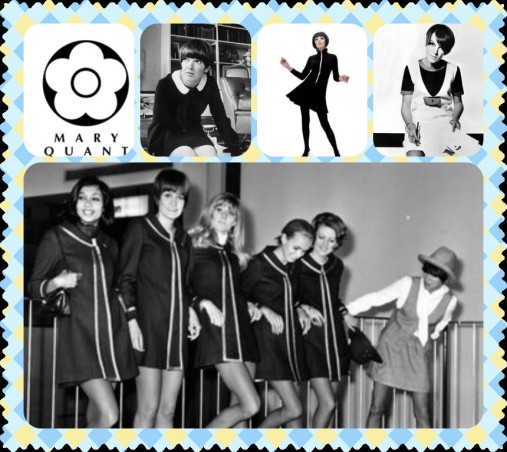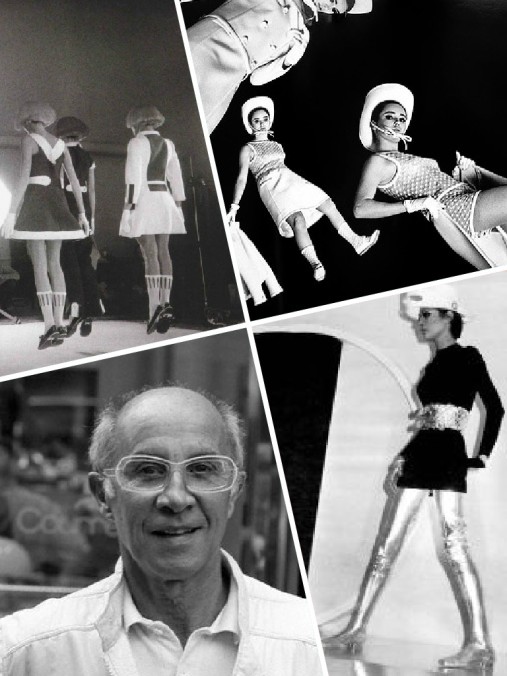The 1960s in America was a whirlwind of phenomenal events and drastic changes. It is unsurprising then to note that one of the most iconic fashions garments, the miniskirt, was introduced and popularized during this tempestuous period of time.
The miniskirt is defined as a skirt with a hemline about half way up the knee. In the 1960s, it captured noticeable attention from teen girls in this period of time thanks to one special lady, Mary Quant. A British fashion designer, she owned a boutique named Bazaar in London that provided high quality and affordable garments to adventurous young women who were unafraid to try new styles. When she introduced the mini, named after her favorite car, Mini, in 1964, it was quickly embraced by teens eager to make a statement against parents and established social norms. Thus, the term “Swinging London” was created to describe the spirit of London teens: free, lively, youthful, and bold. What was so evolutionary about the mini was the unprecedented attention it brought to women’ legs. It represented a form of female social and sexual liberation that announced the women’s ownership of their body and diminished the influence of Parisian couture that had dominated the fashion world for centuries before. It facilitated the “youthquake” with its less-is-more mentality that ambitiously asserted the youth rebellion against convention. The following collage presents several pictures of Mary Quant featuring her own designs.
The miniskirt also ushered in a new style of dressing known as the Lolita look in which young women dressed like prepubescent girls. This phenomenon was made popular by one particular model named Twiggy. Her spreads on fashion magazines featured her as awkwardly long-limb and doe-eyed emphasized by heavy mascara. The look established a whole new standard of beauty that valued youthful freshness over womanly curves. The following picture features Twiggy and her Lolita look.
While the miniskirt’s initial introduction proved to be successful among the younger crowd, it was not until designers such as André Courrèges, Yves Saint Laurent, and Rudi Gernreich decided to adopt this style into their runway showcases that it garnered the attention of the fashion industry and the public. Together, these renowned fashion experts helped transform a simple street fashion into a major international trend. The following collage shows designer André Courrèges and his “Space Age” collection launched in 1964 that contributed to the miniskirt’s gradual integration into mainstream fashion.
Unfortunately, the mini suffered a short decline in the late 1960s in the U.S. when the disillusionment about the Vietnam War took away people’s hope and optimism toward the future. This political despondency led to the return of long skirts that lowered the hemline back down to the ankle. The criticism toward the Lolita look that garnered impersonal names such as “dolly birds” and turned women into lifeless dolls also led to the rejection of the mini in late seventeenth century.
Fortunately, it was revived in the late 1970s because of punk music and swiftly adopted by women in their twenties and thirties in the next two decades thanks to the introduction of business suits. This returned emphasis on feminine figure allowed the mini to be adopted into the big-shouldered, professional business suit that projected a woman’s confidence and authority. Its smart and sexy image proved to be so effective that it became a power statement for sophisticated career women who were unafraid to embrace their single status.
Today, the miniskirt is a definite part of mainstream fashion worn by girls and women alike. As shown in the pictures above, many aspects of pop culture feature the mini. It has successfully become a symbol of confidence, youth, elegance, and independence.




